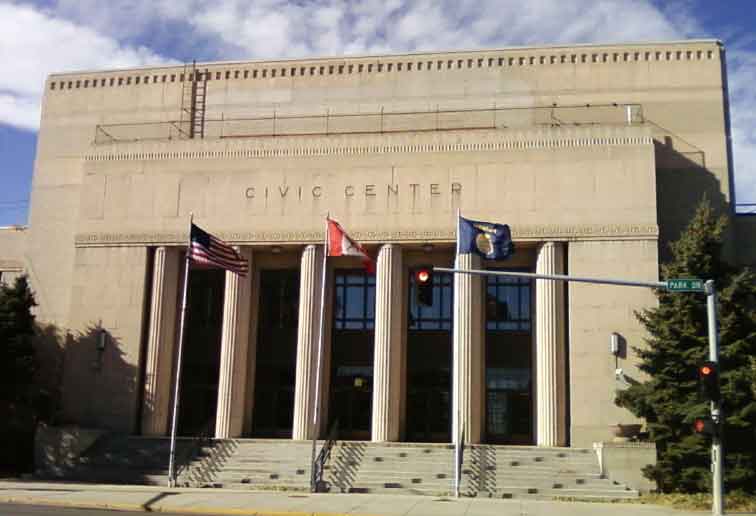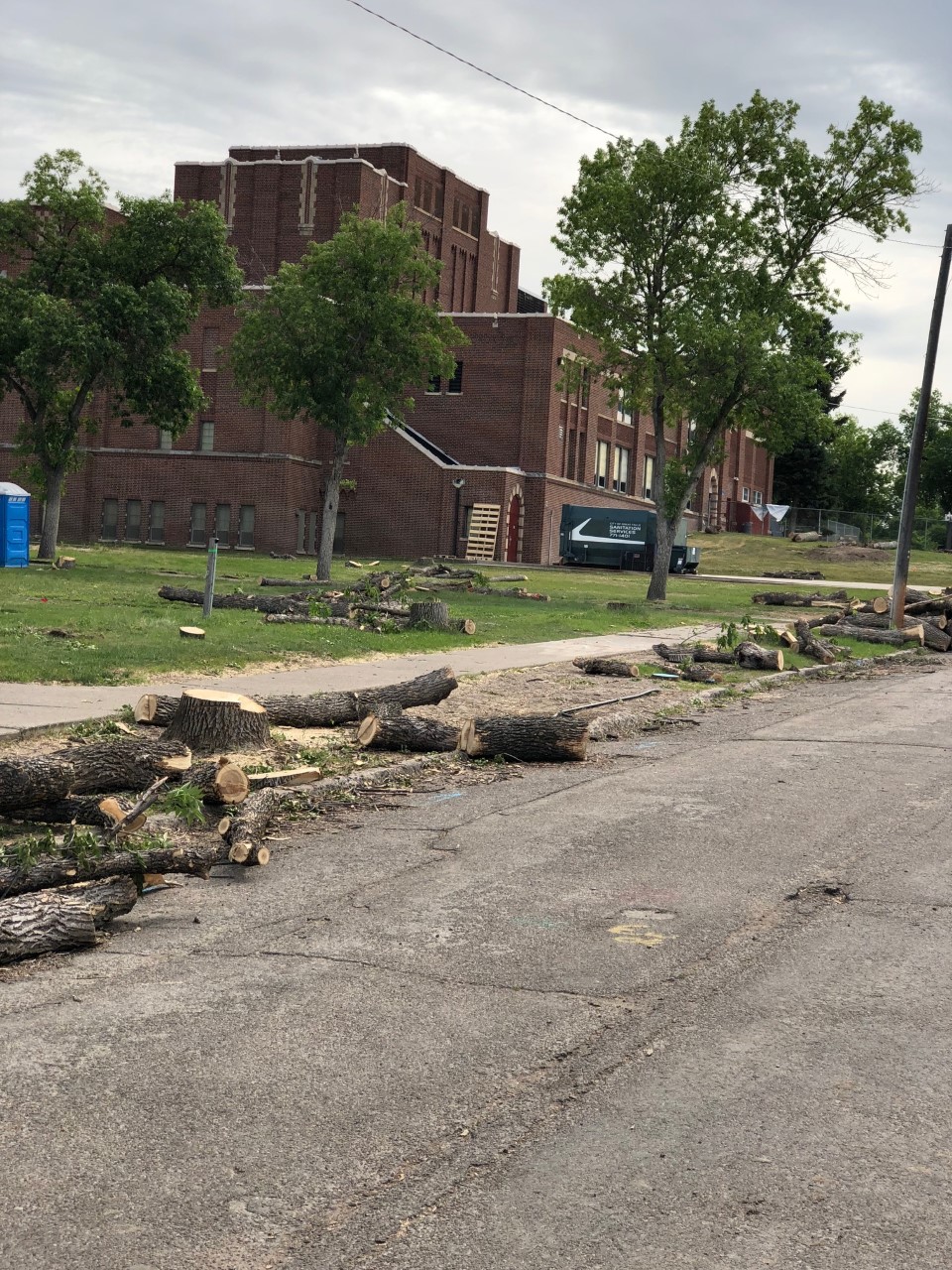________________________________________________________________________ Yesterday a couple of sentences from an article by Phil Faccenda in E-City Beat caught my eye (“City Of Great Falls Caves To School District”): “One has to understand the ‘special’ relationship between the City Commission and the Great Falls Public School District. In many respects, I think the school district has more…
Category: GFPS
Sidewalk Excuses
________________________________________________________________________ Lacey says sidewalks are too expensive. During Monday’s public hearing by the City’s Board of Zoning Adjustments, Great Falls Public Schools Superintendent Tammy Lacey explained that the school district would like to eliminate the required sidewalk along 14th Street Northwest at CMR High School because she would “rather spend bond money on educational…
Dog And Pony Show
Ladies and Gentlemen, Boys and Girls, Children of all Ages, welcome to the greatest show on earth! So bring on the haute ecole horses and on with the show! Monday the Great Falls Board of Zoning Adjustments held a public hearing to listen to the Great Falls Public School District explain their request to exempt…
Monkey Business
Is The School District Monkeying Around With Zoning? On Monday, June 18, 2018, the Great Falls Board of Adjustment/Appeals will hold a Special meeting at the Civic Center Commission chambers at 3:00 PM. The purpose of a public hearing is to consider a request from the Great Falls Public School District to exempt them from…
Great Falls Public Schools Deforestation Plan For Great Falls High School
GFPS Superintendent Tammy Lacey and her band of merry fools are at it again. The photo shows the dead corpses of more than twenty 70 to 80 year old trees at the historic Great Falls High School Campus. According to Lacey, 73 mature trees, 50 more, will be cut down for fire wood. That should…
Bad Advice: A Fall From Grace
Editor’s note: this is for Serena Chrystie Roberson to brighten your day. Note to Readers: This is a satirical story and any reference to characters, living, or dead is purely coincidental. The story begins in the early years,1347, in the Duchy of Grand Fallwick, a small monarchy located close to the border shared by France…
Stinking Rules
Are Great Falls zoning rules for everyone developing property in Great Falls except for the Great Falls Public Schools District? Recently, the GFPS District passed an agenda action item at the Board of Trustees meeting on May 14, 2018, that asks the City of Great Falls to grant a blanket exemption to our local zoning…
Another Fine Mess
Yes folks the Great Falls Public School District is a lot like slapstick, only it’s real. For those of you too young to remember, Laurel and Hardy were a comedy double act who appeared in 107 films together during the 1920s and 30s. Their first official film together was “Putting Pants on Philip”, which I…
The Pot Calls The Kettle Deplorable
Soon after the Great Falls Public School Districts operational levy failed School Board Trustee Ann Janikula took to her Facebook page to criticize and lambast E-City Beat Publisher and Editor, and longtime taxpaying citizen, Phil Faccenda for daring to have a dissenting view about the GFPS District, the school board, the levy, and Superintendent Lacey….
Great Falls High Under Attack
At the suggestion that Great Falls High School is under attack by our school district administration, some E-City Beat commenters have asked if the Great Falls School District’s actions are believed to be intentional. Whether by intent, or simple ignorance I believe Great Falls High School is threatened and here is why. In 2012 the…











